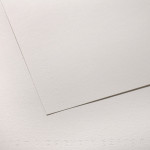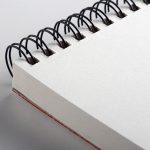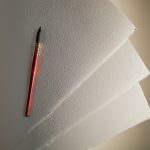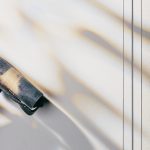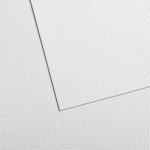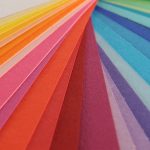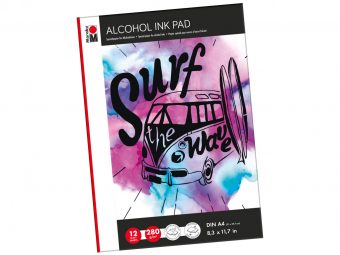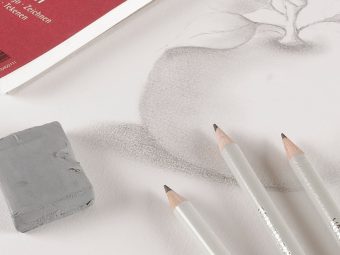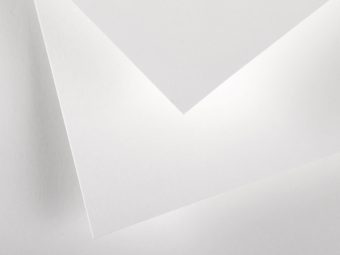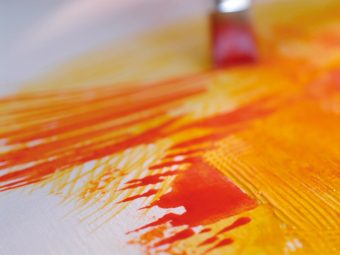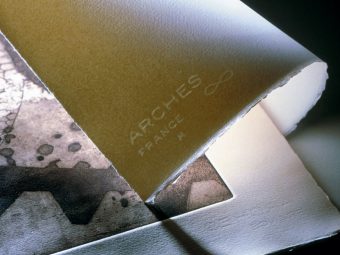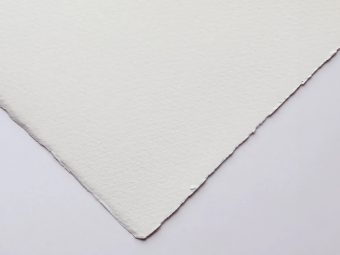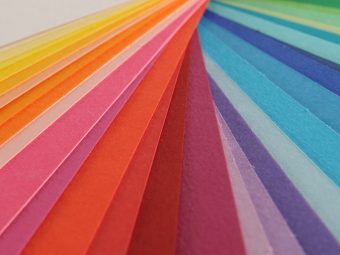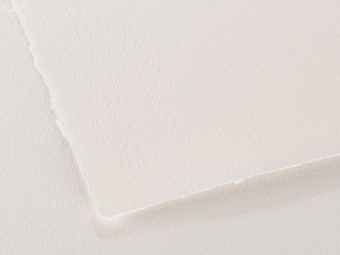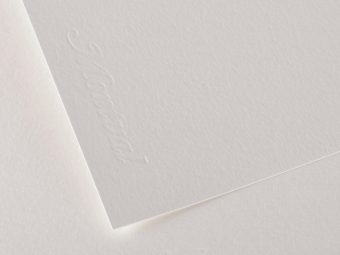Every artist knows that a great piece begins with the right materials, and paper is no exception. The right paper for your technique is more than just a surface to make marks on. Its composition, surface, and production method significantly affect not only the quality and longevity of your work but also how enjoyable the process feels. In this post, we’ll take a closer look at different types of paper and what sets them apart.
What makes paper paper?
Each type of paper has its own character, shaped by several factors that determine how it responds to different techniques. The following aspects help explain what gives each paper its unique properties:
- Composition – The materials used in a paper’s makeup affect its quality and durability. High-quality watercolour and painting papers are often made from 100% cotton, offering excellent water absorption, durability, and suitability for layered work. Good-quality paper is also made from acid-free cellulose or a cotton-cellulose blend – a common combination in drawing and sketching papers that offers a good balance between price and performance.
- Surface texture – Texture determines how pigment or pencils adhere to the paper. A smooth surface is ideal for detailed work, while a rougher texture creates interesting effects and helps pigment grip the surface better.
- Weight – Measured in grams per square meter (gsm), weight refers to the density of the paper. Heavier paper is generally thicker and sturdier, but that doesn’t always mean it handles moisture better – this also depends on the type and composition. For example, watercolour paper can handle a lot of water, whereas cardboard of the same weight might not. Lighter paper is more flexible and well-suited for sketching.
- Acidity – The pH level of a paper determines its longevity. Acid-free papers are ideal for artwork, as they won’t yellow or degrade over time. Regular paper often contains acids that can cause yellowing and deterioration.
- Sizing – Sizing refers to a substance added either to the pulp or the surface to control how the paper absorbs water or ink. It helps prevent pigment from sinking too deeply and gives the surface the right balance for moisture resistance.
- Additional properties – Some high-quality papers are free from optical brighteners, meaning their tone is naturally stable over time. Papers may also be treated to resist mould, which helps preserve them in humid or fluctuating environments. Brands like Canson®, for example, use FSC®-certified raw materials to support responsible forestry practices.
Main taper types
Drawing taper
Drawing papers are designed for dry media such as graphite, charcoal, chalk, pastel, and ink pens. They vary in thickness, texture, and colour – from smooth papers for technical drawings to textured, canvas-like surfaces. Smooth surfaces are great for fine lines and detail, while rougher textures hold pigment better and are ideal for charcoal or pastel. Many drawing papers are also acid-free and archival to prevent yellowing or crumbling over time.
Sketching paper is typically lighter and softer than standard drawing paper and is meant for quick, expressive drawings. These papers work well with pencils, charcoal, and pastels, offering a supportive base that allows easy erasing and adjustments. Sketching paper usually has a smoother texture, making it ideal for spontaneous sketches rather than detailed or long-term work.
Marker paper is thin and extremely smooth, specially made for alcohol- or water-based markers. It has a coating that prevents ink from bleeding through or soaking in, helping colours stay vibrant and lines remain crisp. This allows for effective layering and shading without fading or feathering – perfect for illustration, design, and precise linework.
Watercolour paper
Watercolour papers are made for water-loving techniques—mainly watercolours but also inks and watercolour pencils. These papers are thick and strong to endure repeated wetting without buckling, crumbling, or surface damage. The main difference lies in surface structure: hot-pressed paper is smooth and suitable for detailed work, cold-pressed paper is slightly textured and versatile, and rough paper is best for painterly effects and pronounced textures. Higher-quality watercolour papers contain 100% cotton, offering better water absorption and durability. Cotton paper is more flexible and tolerates repeated processing, while cellulose-based (wood pulp) paper is more affordable but less resilient when exposed to heavy moisture.
Etching/printmaking paper
Etching papers are specially designed for intaglio and gravure techniques like etching, drypoint, and aquatint. These papers usually have high cotton content, strength, and water retention capacity, making them ideal for dampening and withstanding the pressure of printing without tearing.
Despite the name, these papers are also widely used for relief print techniques such as linocut and woodcut. Their relatively smooth yet slightly textured surface absorbs ink well and produces sharp, high-contrast prints. For this reason, printmaking papers are versatile and often the preferred choice for many traditional printing methods, even when not used for classic intaglio.
Painting paper
Painting papers are specifically made for various liquid paints that can’t be used on regular drawing or office paper. Unlike watercolour paper, which is closely associated with one specific technique and tradition, the painting paper category is broader and more varied—it includes papers for acrylic paint, oil paint, and mixed media. These papers are generally stiffer and treated with a special surface coating that prevents paint from soaking into the paper and allows for processing similar to canvas. Painting papers are excellent for experiments, studies, or smaller works where using canvas would be impractical or excessive.
Synthetic paper
Synthetic paper, such as Yupo, is made from materials containing plastic and differs significantly from traditional cellulose- or cotton-based papers. Its completely smooth and non-absorbent surface is especially suitable for experimenting with alcohol inks, markers, or inks, as the colours stay on the surface and dry with unique effects. Additionally, synthetic paper is often used as a palette, since paint can be easily rinsed off with water and the surface reused multiple times.
Cardboard
Cardboard is a thicker and sturdier paper material mainly used in art as a base or in mixed media where stability and durability are needed. Cardboards can be solid core (uniform in colour and composition throughout) or layered, made by glueing different paper layers—if you tear layered cardboard, you may see a white or greyish core that differs from the colored surface. Cardboard is available in both acid-free and regular types, and in a variety of tones and textures. In art, it’s used as a base for gouache, collages, and acrylic experiments, as well as for framing, presentations, or as sketchbook covers.
Additionally, cardboard is a great material for craft and hobby projects such as cards, albums, invitations, and decorations, as it is strong and easy to work with. It can also be used for collages, creating translucent overlays, or even making sculptures and 3D artworks. Although not made for a specific technique, its sturdiness makes cardboard a valuable and budget-friendly choice for starting or supporting artworks.
How to choose the right paper?
The right paper depends on the technique used and the desired result. If you plan to work with watercolours or other wet techniques, watercolourx paper is the only option, as it can withstand moisture and keep its shape. If you prefer drier techniques like drawing, then drawing papers provide a good surface for detailed work.
Paper composition also plays an important role—cotton papers are durable and long-lasting, while lighter papers are better for quick sketches or lighter work. If you need precision, choose a smooth surface; if you’re after more texture, rougher papers offer interesting effects.
If you want your artwork to last, it’s worth choosing acid-free paper, as it won’t yellow or degrade over time. Special projects like cards and collages require sturdier cardboard, which provides necessary support.
Ultimately, no matter the type of paper you choose, it is your creativity that gives your artwork its uniqueness and personality.


